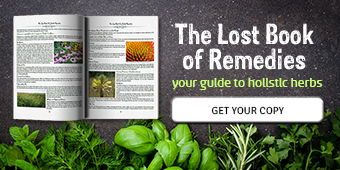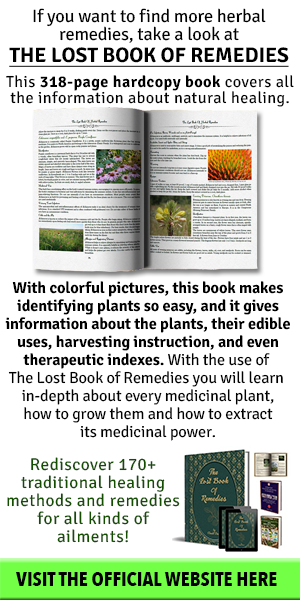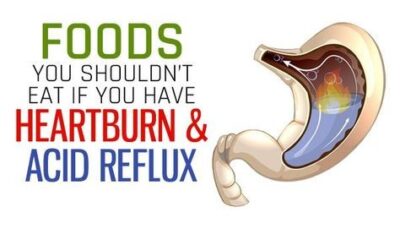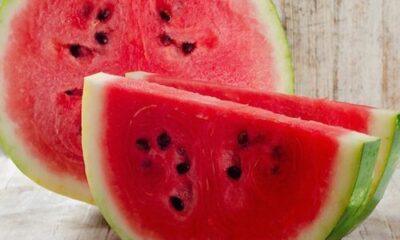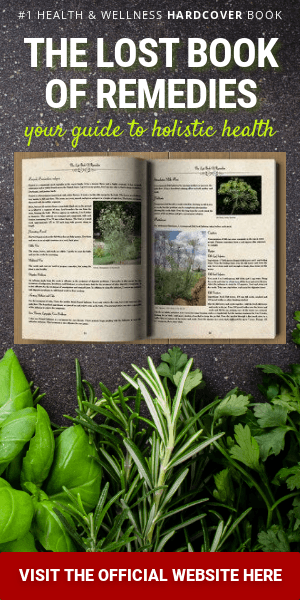Fruits & Veggies
Why You Should Avoid Buying Precut Fruit
There is an existing concern on the consumption of precut fruit. As per studies, precut fruit is likely to lead to a variety of food diseases, such as Salmonella. Health aside, precut fruit is pricier than regular fruit and shows a reduced vitamin content, which leads to a faster fruit rotting.
Precut fruit oftentimes changes color and consistency and requires all-time refrigeration and storage in plastic containers.
Unlike fruit, vegetables are more beneficial to the overall health. Rich in antioxidants, vegetables are also low in fructose, which makes them far more effective than most fruits.
A study by the Journal of the American Medical Association explains that one of the main reasons for cardiometabolic diseases is poor dieting. Some of the food which was shown helpful during the study included fruits, vegetables, seeds, nuts, and seafood.
Whether you are a fan of fruits or vegetables, the best way to guarantee a solid product is to buy whole foods. Any other type of food can result in listeriosis, cyclosporiasis, and salmonella.
Precut Fruit Results in Foodborne Diseases
Back in 2018, the CDC focused on analyzing how melons can result in Salmonella symptoms. Aside from melon, other fruits examined in the research were watermelon and mixed fruit.
By the end of the research, the CDC showed that around 77 individuals had Salmonella symptoms, with 36 of them being hospitalized as a result of the diagnosis.
Because of this, in early 2019, the CDC released a line of precut fruits, like watermelon, cantaloupe, honeydew melon, and fruit medley. The products were sold in 16 states, and the feedback was staggeringly worrying.
Namely, in just two weeks, around 117 people were diagnosed with Salmonella symptoms, 32 of whom were immediately hospitalized.
Salmonella Poisoning Symptoms
The leading symptoms of Salmonella include:
- Stomach cramps
- Vomiting
- Diarrhea
- Nausea
- Fever
All these symptoms manifest from 12-72 hours after consuming precut fruit. For instance, in melons, one of the main issues is their ability to absorb pathogens from the ground, where it actually grows.
These pathogens found in melons can easily penetrate its skin, which is why a thorough rinse is necessary. Also, you should eat the entire melon immediately or refrigerate it as Salmonella can multiply in just 30 minutes.
Dangers of Precut Foods
The first danger of consuming precut fruit or vegetables is bacteria found on the foods. Back in 2018, there Vice16 found that preparing your own food at home decreases the risks of suffering Salmonella symptoms, among other illnesses.
On top of it all, by preparing your own food at home, the average buyer saves around $100 just avoiding precut fruits in markets.
Another danger of precutting foods is the exposure to oxygen and light, which can impact vitamin retention.
Caroline West Passerrello, a dietician, explained that whole veggies and fruits are able to preserve their vitamin content, as they were less exposed to light. When exposed to light, the foods also lose water and therefore, important water-soluble vitamin content.
Exposing fruits and vegetables to oxygen can also change their flavor, and take away from their energy-boosting qualities. Finally, if all this doesn’t worry you, the plastic precut food containers should.
Precut Fruits Contains Lots of Additives
Calcium ascorbate is oftentimes used to preserve the color and texture of precut fruits. Still, the FDA mentions that calcium ascorbate is safe to use (GRAS), and does not contain additional additives which may impact the foods.
However, although the GRAS systems says so, there are plenty of additives which pose a threat on the quality of food we eat.
What Are We Eating?
As per a New York Post article, around 90% of all garlic comes from China. However, processed garlic is usually fed to Chinese prisoners, who are in charge of peeling it. Since peeling garlic can cause for the nails to fall off, many prisoners peel the garlic using their teeth.
Similar warnings come on baby carrots, which are often ‘cleansed’ with chlorine and are then sold. This treatment of baby carrots can impact the quality of product and result in loss of flavor and carrot dehydration.
How to Avoid Fruit and Vegetables Contamination?
Typically, to prevent contamination in apples, the harvested fruits are dipped in bleach water for two minutes. According to a study on pesticide-free foods, there is a favorable way to clean all food we buy without exposing it to more toxins.
As a solution to the problem, the team found that all surface pesticides in apples can be removed by using baking soda. As bleach and water did not show as good of effects, baking soda was declared the safest method to use when cleansing fruits and vegetables.
It is also worth knowing that some fruits and vegetables attract more pesticides than others. The most toxin-affected products to pay attention to include:
- Strawberries
- Nectarines and peaches
- Spinach
- Grapes
- Cherries
- Apples
- Pears
- Tomatoes
- Kale
- Potatoes
- For Vegetables and Fruits:
In a larger bowl filled with water, add a teaspoon of baking soda. Transfer the veggies to the bowl and let them soak for up to two minutes. Use a brush to scrub the veggies well and rinse them thoroughly.
- For Leafy Greens:
In a salad spinner, add the leafy greens and then fill with water. Throw in a teaspoon of baking soda and mix. Let the veggies soak for a minute, and then rinse and spin dry them well.
If you are using a bowl, place the greens to soak in the same manner and use a strainer to drain them. Finally, pat the leaves with a clean towel until dry.

Source: articles.mercola.com

